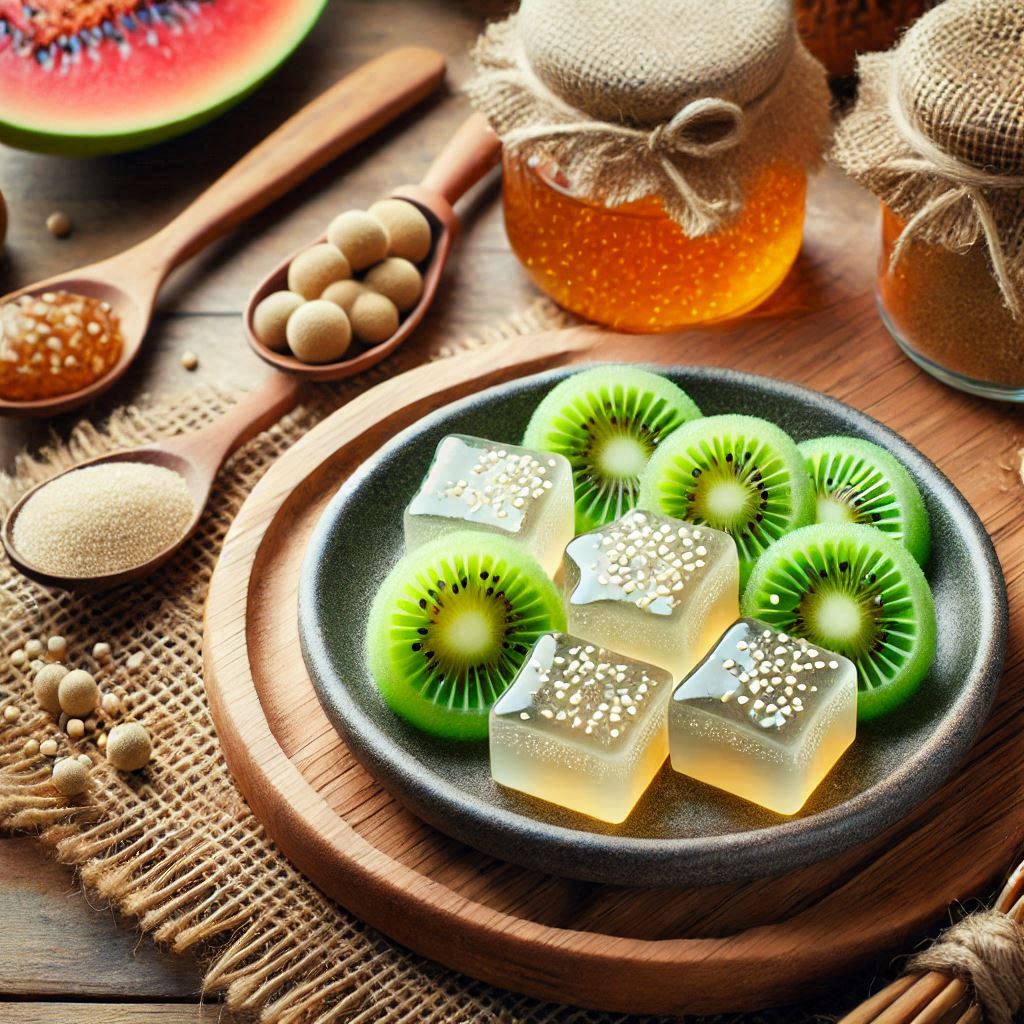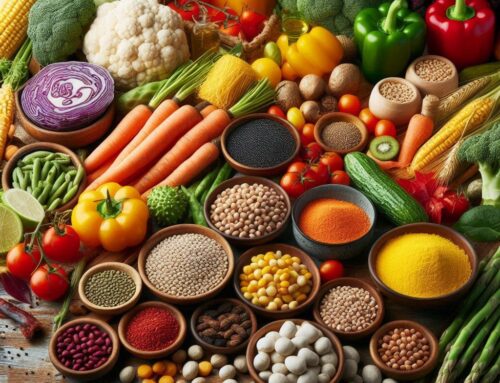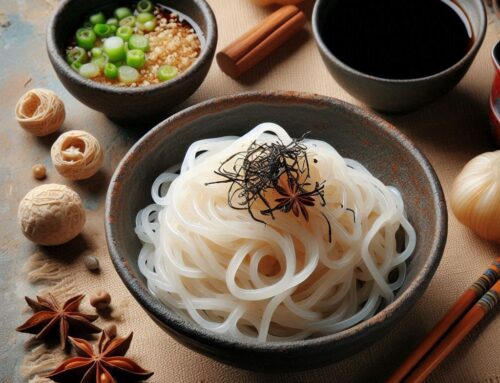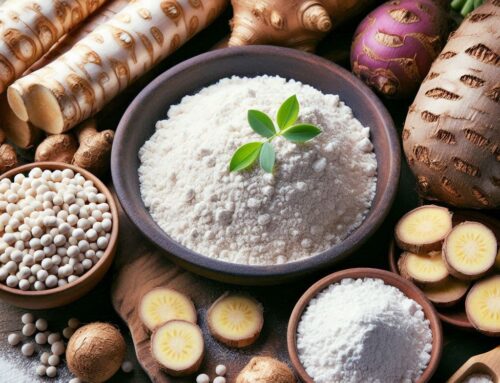
Understanding the Basics of the Keto Diet
The keto diet, short for ketogenic diet, is a low-carb, high-fat eating plan that has gained significant attention for its potential health benefits. At its core, the keto diet basics revolve around drastically reducing carbohydrate intake and replacing it with fat. This reduction in carbs puts your body into a metabolic state called ketosis.
When your body enters ketosis, it becomes incredibly efficient at burning fat for energy. It also turns fat into ketones in the liver, which can supply energy for the brain. This shift from using carbohydrates to fats as a primary fuel source can lead to several benefits of keto.
One of the most notable advantages is weight loss. By tapping into stored fat reserves and maintaining stable blood sugar levels through reduced carb intake, many individuals find they shed pounds more effectively on this plan compared to other diets. Additionally, some studies suggest that following a ketogenic lifestyle may improve mental clarity and focus due to the steady supply of ketones to the brain.
For those new to low-carb dieting, understanding these foundational elements can be crucial in making informed decisions about whether this dietary approach aligns with their personal health goals and lifestyle preferences. As with any significant dietary change, it’s advisable to consult healthcare professionals before embarking on a ketogenic journey to ensure it’s suitable for your individual needs.
What is Konjac Jelly and How is it Made?
Konjac jelly, a rising star in the world of health-conscious snacks, is derived from the konjac root, a plant native to Asia. Known for its unique texture and low-calorie content, konjac jelly has gained popularity among those seeking healthier alternatives to traditional sweets.
The primary ingredient in konjac jelly is glucomannan, a soluble fiber extracted from the konjac root. This fiber is renowned for its ability to absorb water and expand, giving the jelly its characteristic gelatinous consistency. To make konjac jelly, glucomannan powder is mixed with water and other ingredients such as citric acid or fruit flavorings to create a tasty treat. The mixture is then heated until it thickens and sets into its final form.
Aside from being an enjoyable snack on its own, konjac jelly also serves as an excellent alternative to traditional noodles. Often referred to as “konjac noodles” or “shirataki noodles,” these are made using similar ingredients but shaped into noodle-like strands. This makes them a popular choice for those looking to reduce their carbohydrate intake while still enjoying their favorite pasta dishes.
In summary, konjac jelly offers a versatile and health-friendly option for both snacking and meal preparation. Its main ingredient, glucomannan derived from the konjac root, not only provides texture but also contributes numerous health benefits due to its high fiber content. Whether enjoyed as a sweet treat or used as an alternative in savory dishes, konjac products continue to gain traction among consumers seeking nutritious options without compromising on taste or satisfaction.
Nutritional Profile of Konjac Jelly: Is It Really Low-Carb?
Konjac jelly has gained popularity as a go-to snack for those following low-carb and keto diets, but what exactly makes it so appealing? To understand its nutritional profile, we need to delve into the facts. Konjac jelly is primarily made from the konjac plant, which is rich in glucomannan—a dietary fiber known for its ability to absorb water and expand in the stomach, promoting a feeling of fullness with minimal caloric intake.
When examining konjac jelly nutrition facts, one standout feature is its remarkably low carbohydrate content. Typically, this jelly contains only a few grams of carbs per serving, making it an excellent choice for those seeking low-carb snacks. The majority of these carbs come from fiber rather than sugar or starches, which means they have minimal impact on blood sugar levels—an essential consideration for anyone on a keto diet.
Moreover, konjac jelly is often praised as being keto-friendly due to its negligible net carb count. This attribute allows individuals adhering to strict macronutrient goals to enjoy a satisfying treat without compromising their dietary restrictions. However, it’s important to check the labels carefully since some flavored varieties may contain added sugars that could increase the carb content.
In summary, konjac jelly stands out as an ideal option for those looking to maintain a low-carb lifestyle while still enjoying flavorful snacks. Its unique nutritional profile supports weight management and provides versatility in meal planning without derailing your dietary goals.
The Health Benefits of Including Konjac in Your Diet
Konjac root, a staple in Asian cuisine for centuries, has recently gained popularity in Western diets due to its impressive health benefits. One of the primary components of konjac is glucomannan, a soluble fiber known for its remarkable health effects. Including konjac in your diet can be particularly beneficial for those following fiber-rich foods on keto.
The health benefits of konjac root are largely attributed to its high fiber content. Glucomannan absorbs water and expands in the stomach, which can promote a feeling of fullness and aid in weight management. This makes it an excellent addition to ketogenic diets, where maintaining satiety with low-carb options is crucial.
Moreover, glucomannan has been shown to support digestive health by acting as a prebiotic, fostering the growth of beneficial gut bacteria. It can also help regulate blood sugar levels by slowing down carbohydrate absorption, making it advantageous for individuals managing diabetes or insulin resistance.
Incorporating konjac into your meals not only supports digestive wellness but also contributes to heart health. Studies suggest that regular consumption may lower LDL cholesterol levels and reduce overall cardiovascular risk factors.
In summary, adding konjac root to your diet offers multiple health benefits ranging from improved digestion to enhanced metabolic control—making it an ideal choice for those seeking fiber-rich foods on keto or anyone looking to boost their overall well-being.
Potential Drawbacks and Considerations for Keto Dieters
When embarking on the keto diet, many individuals turn to konjac-based products like konjac jelly as a low-carb alternative to satisfy cravings. While these products can be beneficial for maintaining ketosis, it’s important to be aware of potential drawbacks and considerations.
One of the primary concerns with consuming konjac is its side effects on digestion. Konjac contains glucomannan, a soluble fiber that can lead to digestive issues such as bloating, gas, and diarrhea if consumed in large quantities. This is particularly relevant for those new to the keto diet who may not yet have adapted their digestive systems to handle increased fiber intake.
Moreover, the unique texture of konjac jelly might not suit everyone’s palate, potentially limiting its appeal as a consistent dietary staple. It’s crucial for keto dieters to monitor their body’s response when introducing konjac products and adjust their intake accordingly.
Additionally, while focusing on low-carb options like konjac jelly can help maintain ketosis, it’s essential not to overlook other nutritional needs. A well-rounded approach that includes a variety of nutrient-dense foods will help mitigate any challenges associated with the keto diet and ensure long-term success.
By being mindful of these potential drawbacks and carefully considering how konjac fits into your dietary plan, you can better navigate the challenges associated with maintaining a healthy keto lifestyle.
Incorporating Konjac Jelly into Your Keto Meal Plan: Tips and Recipes
Incorporating konjac jelly into your keto meal plan can be a game-changer for those looking to maintain a low-carb lifestyle while enjoying satisfying meals. Known for its high fiber content and minimal carbohydrates, konjac jelly is an ideal ingredient for keto enthusiasts. Here are some tips and recipes to help you seamlessly integrate this versatile food into your diet.
Firstly, understanding how to eat konjac on the keto diet is crucial. Konjac jelly, made from the root of the konjac plant, is essentially free of net carbs due to its fiber-rich glucomannan content. This makes it perfect for adding volume and texture to dishes without affecting your carb count. It can be used in both savory and sweet recipes, offering flexibility in meal planning.
When incorporating konjac jelly into your meals, consider using it as a base for soups or stews. Its gelatinous texture helps thicken broths without needing flour or cornstarch, which are typically high in carbs. For instance, a hearty chicken soup with vegetables and konjac noodles can be both nourishing and fulfilling.
For those with a sweet tooth, there are keto recipes with konjac jelly that can satisfy cravings without derailing your diet goals. Consider making a sugar-free fruit-flavored jelly dessert by combining flavored gelatin mix with dissolved konjac powder—perfect as a refreshing treat after dinner.
Meal planning tips for low-carb diets often emphasize variety and creativity to prevent monotony. Incorporating different forms of konjac products like noodles or rice substitutes can diversify your menu while keeping carb intake low. Experimenting with spices and herbs will enhance flavors without adding extra calories or carbs.
By exploring various ways to incorporate this unique ingredient into your meals, you’ll find that maintaining a keto lifestyle doesn’t have to be restrictive or dull. With these tips and recipes at hand, you can enjoy deliciously satisfying meals that align perfectly with your dietary goals.
The Verdict: Is Konjac Jelly a Good Fit for Your Keto Lifestyle?
When embarking on a keto journey, evaluating food choices becomes crucial to maintaining ketosis and maximizing the diet’s benefits. One such food that often piques interest is konjac jelly. But is konjac suitable for ketosis? To answer this, it’s essential to understand what konjac jelly offers.
Konjac jelly is derived from the root of the konjac plant and is well-known for its high fiber content and minimal calorie count. The primary component, glucomannan, is a soluble fiber that can aid digestion and promote feelings of fullness—both valuable attributes for those on a keto diet. Since the keto lifestyle focuses on low-carb intake to maintain ketosis, foods like konjac jelly with low net carbs can be an excellent fit.
However, it’s important to scrutinize labels when selecting konjac products. Some commercial versions may contain added sugars or carbohydrates that could disrupt ketosis. Therefore, always opt for products with no added sugars or minimal carb content to ensure they align with your dietary goals.
In conclusion, when chosen wisely, konjac jelly can be a beneficial addition to your keto regimen. It supports the diet’s principles by offering satiety without compromising carb limits—making it a viable option for those seeking variety in their ketogenic meal plans.






